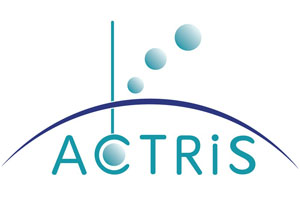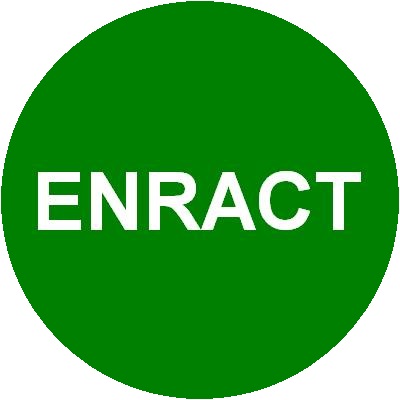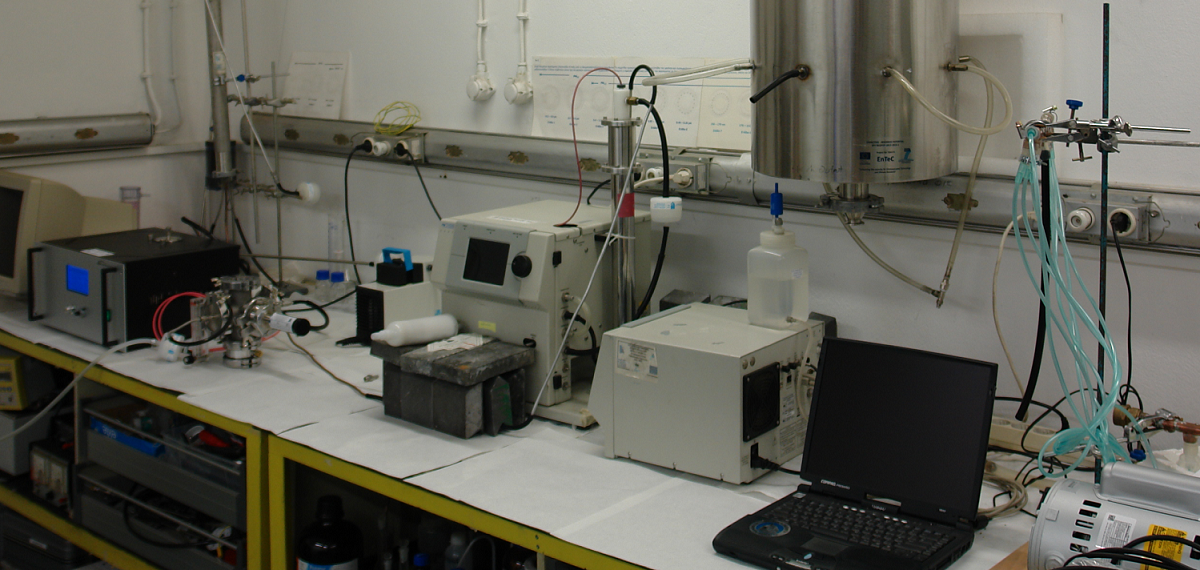Description
The EΝvironmental Radioactivity & Aerosol technology for atmospheric and Climate impacT Lab (ΕΝRACT) in the Institute of Nuclear & Radiological Sciences & Technology, Energy & Safety (INRASTES) is a founding unit of NCSR ‘Demokritos’. It has been formed in 1959 (as Environmental Radioactivity Laboratory) and possesses a highly integrated expertise on all aspects of the environmental impact of air pollutants on humans and the environment, while maintaining the expertise in environmental radioactivity. It specifically focuses on:
a) Physicochemical properties of atmospheric aerosol, with respect also to climatic active aerosol species
b) Urban, regional and indoor air quality
c) Radiation protection and exposure to aerosol contaminants with radiological and toxicological interest (such as heavy metals and organic pollutants)
d) Source apportionment/Receptor modelling of atmospheric pollutants
e) Development of novel sampling and measurement techniques
f) Inhalation dosimetry studies
g) Determination of radioactivity in consumer products, materials, environmental samples, etc. by γ-spectrometry
h) Determination of radioactivity in consumer products, building materials, environmental samples, etc. by α, β total radiation
i) Determination of 90Sr or 137Cs radioactivity in consumer products, environmental samples, etc. by radiochemical analysis.
j) Determination of 137Cs activity concentration in seawater or various liquid samples
k) Radioecological – radiological studies in natural and urban ecosystems and industrial areas.
l) Training and scientific advice on environmental radioactivity
ΕΝRACT has participated in a number of projects funded by European and national programs. In addition, since 2007 it operates the Demokritos Regional Research Aerosol station, member of the Global Atmosphere Watch (GAW) and ACTRIS networks and since 2016 the Helmos Mt Free Troposphere Aerosol and Climate Change station in Western Greece. Since 2001 it operates instrumentation for measurements and data analysis at the IASOA, GAW and ACTRIS Zeppelin station, Ny Aalesund Svalbard in the European High Arctic for monitoring Black Carbon and Aerosol absorption.
ΕΝRACT has organised and implemented several measurement campaigns for the characterization of urban particulate pollution, the identification of the major emission sources and the quantification of their contribution to concentration levels, as well as the assessment of the respective impact on human health. In the framework of recent research projects on urban air quality, ΕΝRACT has enhanced the capacity of local, regional and national authorities, by providing evidence on air pollution levels and sources, transferring know-how and experience and providing tools for effective urban air quality management.
The laboratory is accredited under EN ISO/IEC 17025: 2005 Standard for: i) The sampling and determination of the PM10, PM2.5 fraction of suspended particulate matter; ii) Determination of equivalence of the PM10 samplers for the field-test procedure to demonstrate reference equivalence of measurement methods; iii) the measurement of Pb, Cd, As, and Ni in the PM10 fraction of suspended particulate matter EN14902. Its members contribute to the TC264 WG15 and WG35 committees and to the Regional Programme by IAEA in the application of Nuclear techniques to source apportionment of air pollutants.
ΕΝRACT is the only Laboratory, to which GAEC (EAEE) has assigned the continuous control of environmental radioactivity in Greece. The provision of this national service satisfies the obligations provided by the Greek Legislation on Radiation Protection and the relevant EU Regulations.
The main research Activities of the Laboratory are:
- Fine and Ultrafine particle characterisation, and calibration of particle classifiers (ΕΝRACT)
- Accredited laboratory for the measurement of PM10 (according to ELOT EN ISO/IEC 17025:2005) which includes: gravimetric samplers and cascade impactors (Berner, Marple) for different size fractions (PM10, PM2.5 and sub-fractions), continuous monitors of fine and ultrafine particle number size distribution such as Scanning Mobility Particle Sizers, (SPMS), Optical Particle Counters, continuous monitors of mass concentration of different size fractions (photometes) and a 5-decimal accredited analytical balance, along with a chamber of controlled environmental conditions
- Aerosol techniques for characterizing nanoparticles has been recently applied for validating the size and the structural and magnetic properties of Zn1-xInxFe2O4 and ZnYxFe2-xO4 nanoparticles generated by co-precipitation
- DEM-Athens Urban background Monitoring station for Aerosol properties: The DEM-Athens Urban background Monitoring station for Aerosol properties has been established at the grounds of the National Centre for Scientific Research “Demokritos” since 2007. It lies in the ERL field site away from direct emission sources in a vegetated area (pine). The area lies in the North East corner of the Greater Athens Metropolitan Area and at an altitude of 270 m.a.s.l on the hillside of Hymettus Mountain. The site is partly influenced by the urban area and partly by incoming air from the North East representative of Regional atmospheric aerosol conditions. The Instrumentation and monitored aerosol and auxiliary parameters are listed below: Fine and Ultrafine Number Aerosol Size distribution (ambient and dry R.H.) Dry-Wet (90%) and thermally processed fractions (not continuous); Scattering Coefficient; Absorption Coefficient; Fine and coarse mode mass size distribution PM2.5 mass concentration; EC/OC mass concentration (thermo-optical analysis); Standard Meteorological data from a Mast at 10 m. http://gaw.empa.ch/gawsis/reports.asp?StationID=2076202728 Results are reported at the GAW-EBAS worldwide Database
- Development of new instrumentation and methodology for aerosol studies, source apportionment and receptor modelling, inhalation dosimetry and respective human exposure
- Since 2016 we operate the Helmos Mt Free Troposphere Aerosol and Climate Change station in Western Greece
- Investigation of Arctic Aerosol Properties: ERL operates an aethalometer (Magee Scientific, Model AE31) at the Global Atmosphere Watch (GAW) Arctic Zeppelin station, for the long term monitoring for Black carbon and light absorption in the arctic aerosol
- Provision of services to GAEC for radioactivity control in docking areas of nuclear-powered ships with total β-radiation and γ-spectrometry in seawater
- The laboratory provides services to third parties such as private companies (Soya Hellas, Dimitriaki, Jotis, Andromeda, Seke, etc.) or public bodies (customs services) that sample cargo destined for import into Greece or for export. Usually a certificate for measuring radioactivity in consumer products, building materials, etc. is required
People
Services
Infrastructures
Latest Grants
Proud to Collaborate with

Greece

Greece

Greece

Greece

Greece
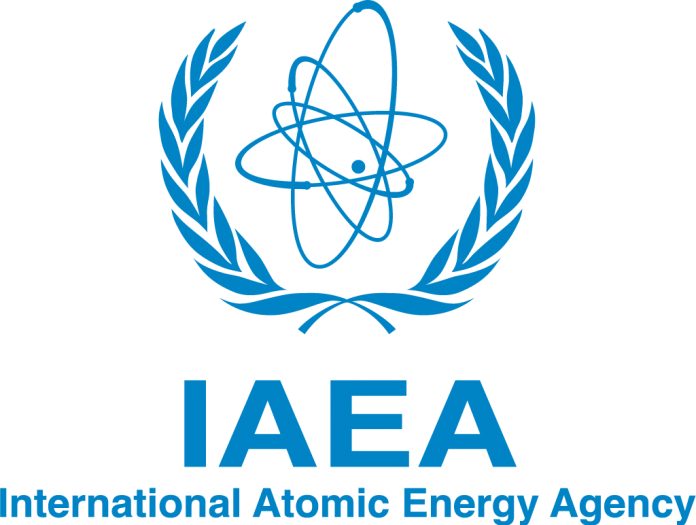

Greece

Norway

Greece

Greece
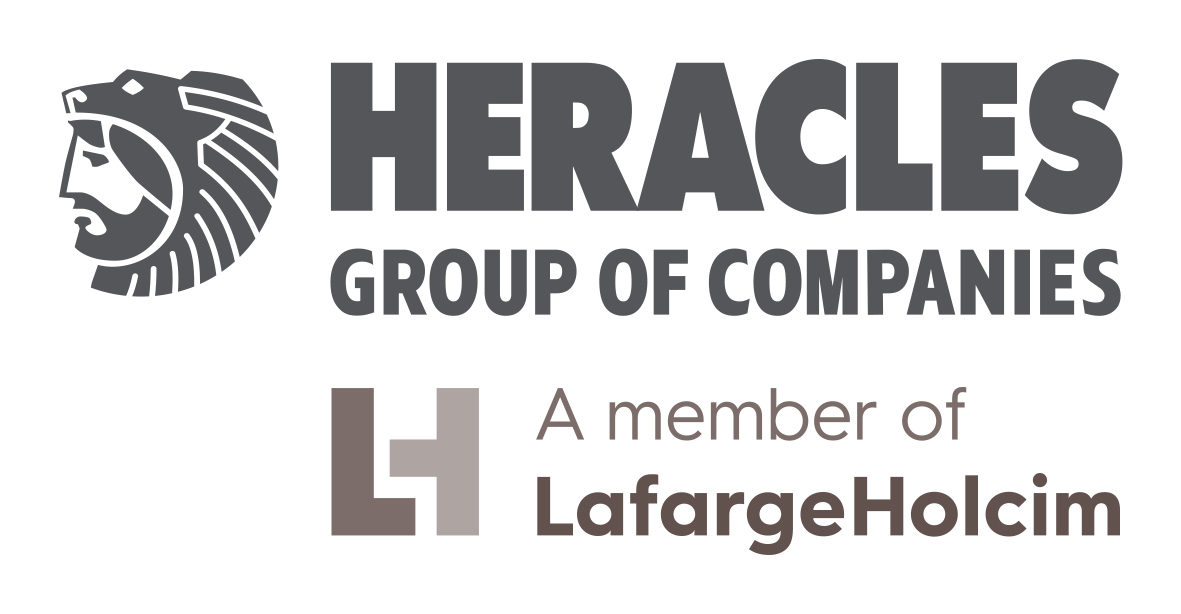
Greece
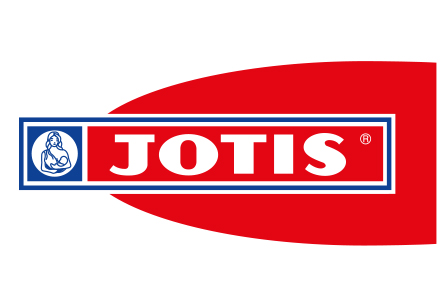
Greece

Greece
